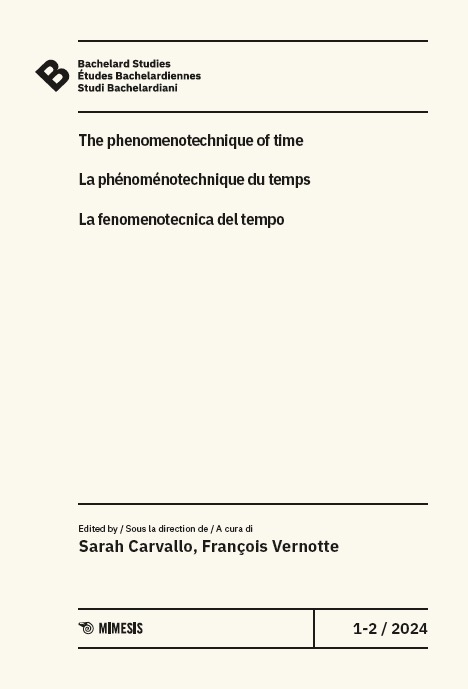Abstract
In this article, we show how the two major revolutions of theoretical physics in the 20th century – quantum physics and general relativity – have shaped our modern spatio-temporal reference systems and their realizations. On the one hand, the development of quantum physics enabled the invention of atomic clocks and the linking of the second, the unit of physical time, to a physical quantity postulated as universal: a transition frequency of the Caesium atom. On the other hand, general relativity allowed for the development of the conceptual framework in which the durations measured by a set of clocks are related to a global coordinate time, whose realization permits the establishment of international time scales. We will also show how the construction and materialization of spatio-temporal references can fit into a Bachelardian interpretation through the concept of phenomenotechnique. The connection between clock measurements and international time scales depends on a geometric model of space-time. In order to establish agreement on international time scales, international organizations have defined conventional geometric models of space-time, which implicitly define the conventional spatio-temporal reference frames. These organizations are the Union Astronomique Internationale (UAI) and the Bureau International des Poids et Mesures (BIPM).
Thus, the conceptual framework of spatio-temporal reference frames, developed from physical theories, is materialized by a set of time or frequency measurements according to well-documented experimental protocols and international conventions. The agreement between these measurements and the predictions of measurements calculated within the conceptual framework tells us that our conceptual framework is a “good” description of reality. The study of this agreement is the subject of metrology. However, it often that our measurements do not correspond to the predictions, which gives metrology a heuristic power, and can lead to the discovery of a new physical law, or a better description of our measurement instruments and experimental procedures, or even challenge the conceptual framework and its underlying physical theory. We will describe two examples of this heuristic metrological approach: the historical experiment of the astronomers’ pendulum, and its modern counterpart with atomic clocks.
happens

